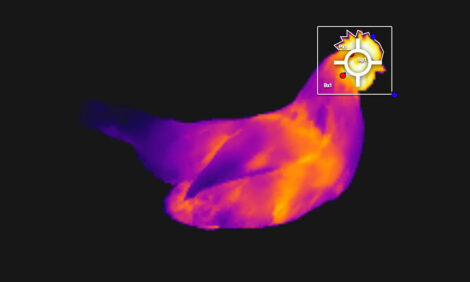



Welfare Quality Parameters Do Not Always Reflect Hen Behaviour
Research at Michigan State University reveals that although the average response of a laying flock may appear consistent across time or treatment, there may be marked differences between hens within the same flock in terms of their welfare score and behaviour.The integration of outcome-based measurements to animal welfare assessment programmes can provide a new perspective on the individual animal’s experience, according to a paper in the current issue of Animal Welfare.
C. Daigle and J. Siegford of Michigan State University report that identifying variability in individual experiences can facilitate understanding of animals at the periphery of the welfare spectrum, compared to those at the average.
The researchers took Welfare Quality® physical measurements and behavioural observations from the same 15 non-cage laying hens throughout their production cycle. The average amount of time performing each of nine behaviours and the amount of variation in each behaviour’s performance was compared at four different ages: 19, 28, 48 and 66 weeks.
The same analysis was performed for all Welfare Quality physical measurements. To identify associations between a hen’s behaviour and her physical condition, a cluster analysis was performed for all ages, as well as on data collated from all ages.
No differences were observed among the four ages for the average amount of time performing many of the behaviours but the amount of variability differed for most behaviours observed.
Physical measurements taken at 19 weeks differed from those taken at later ages.
Bodyweight consistently clustered with time spent preening, yet the patterns of clustering differed at each age.
These results highlight the importance of age when conducting welfare assessments, concluded Daigle and Siegford. They recommended that auditors also should report not only the average but also the variability of responses; while the average response of the flock may appear consistent across time or treatment, differences among the hens within the same flock may vary drastically.
Reference
Daigle C. and J. Siegford. 2014. Welfare Quality® parameters do not always reflect hen behaviour across the lay cycle in non-cage laying hens. Animal Welfare. 23: 423-434. doi: 10.7120/09627286.23.4.423
November 2014








